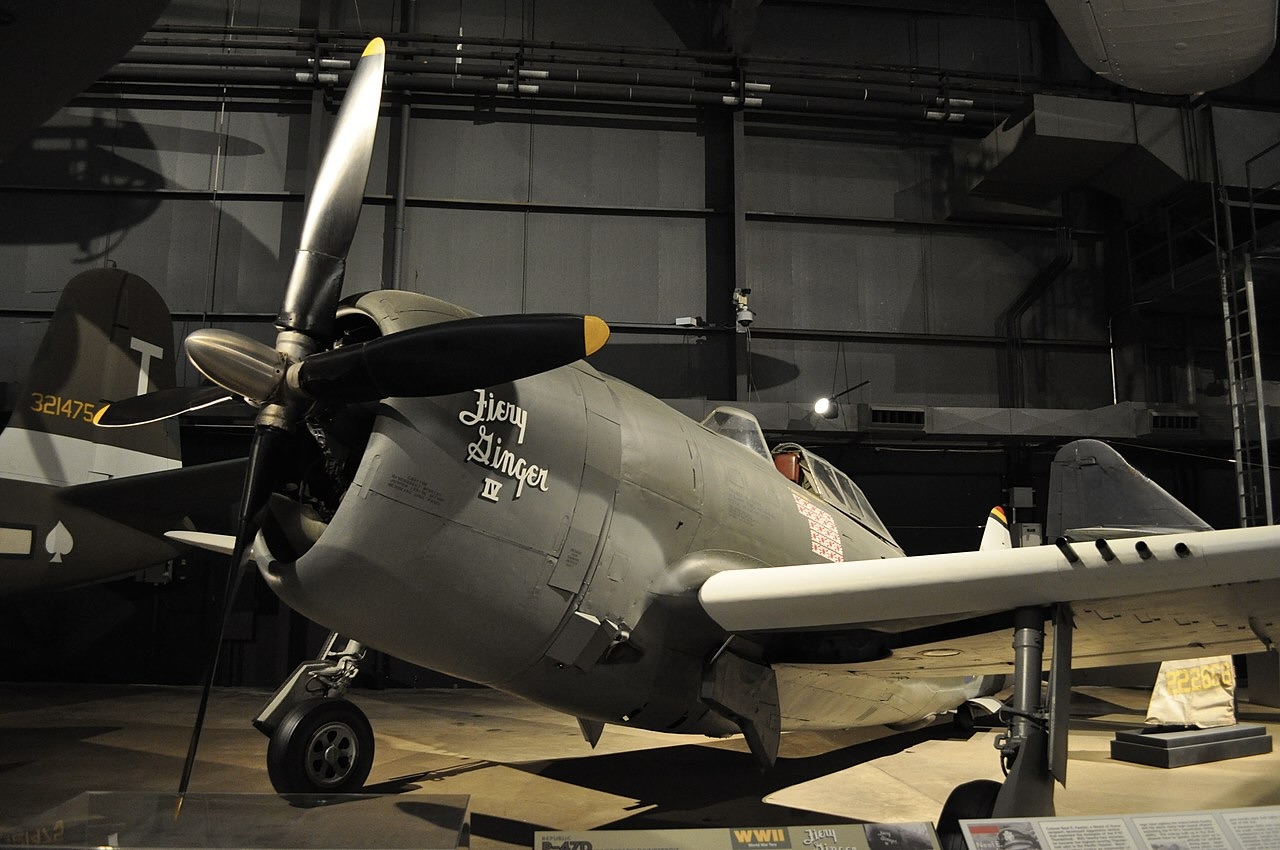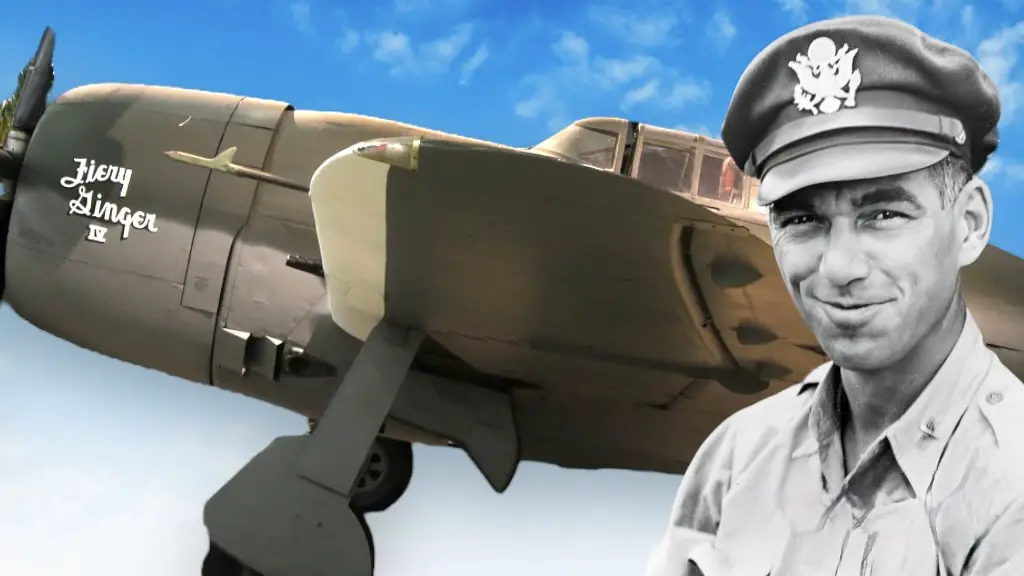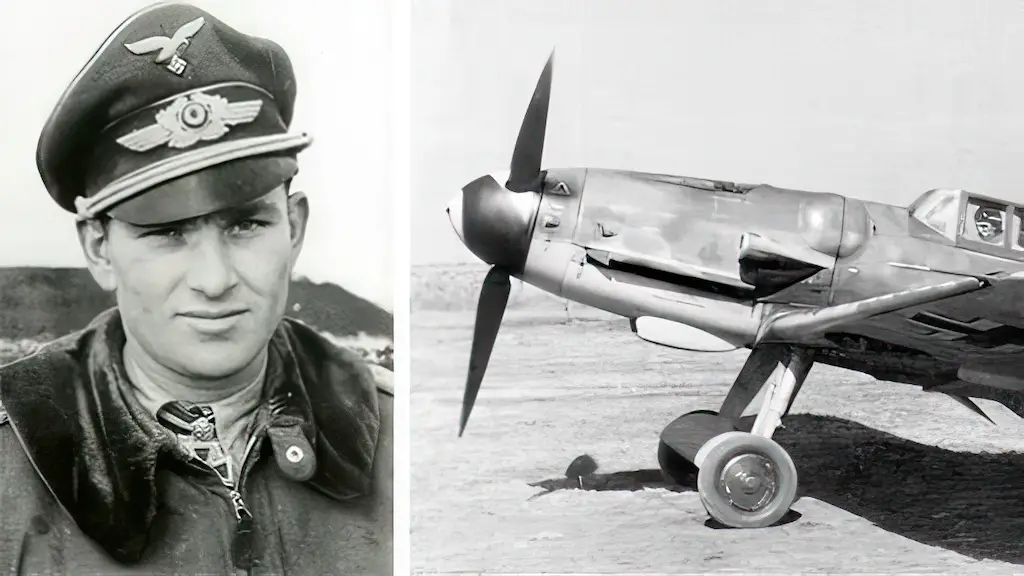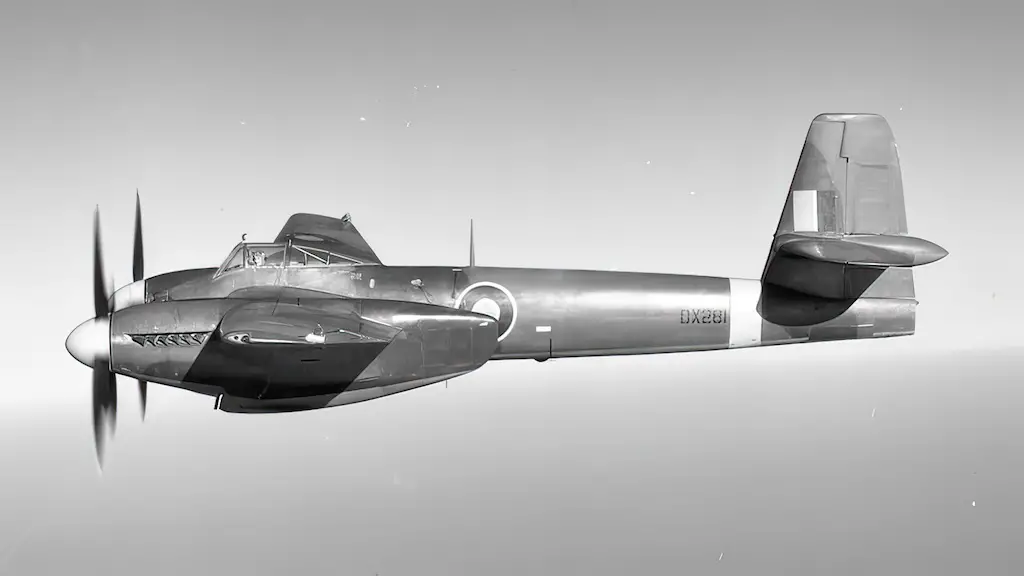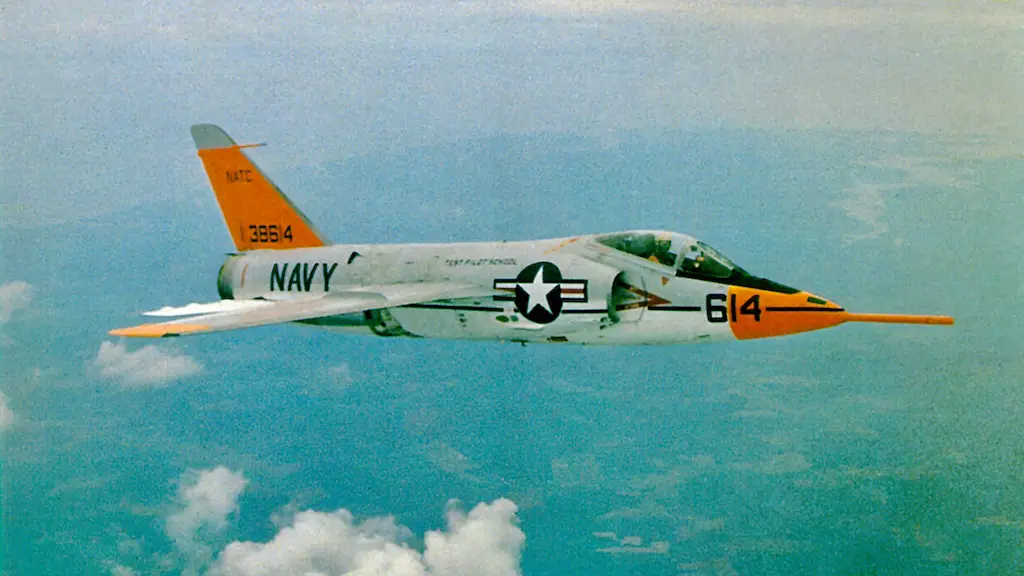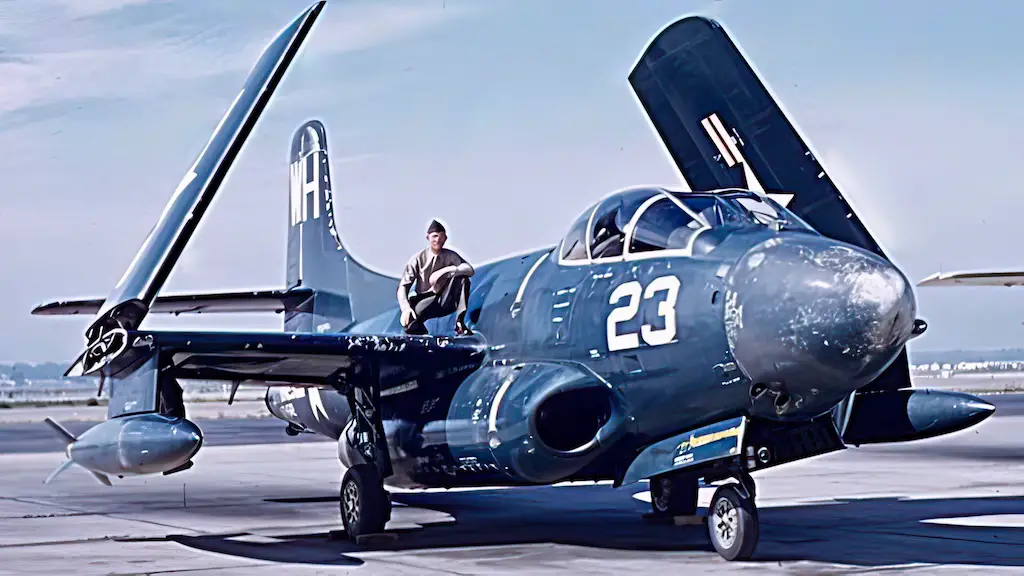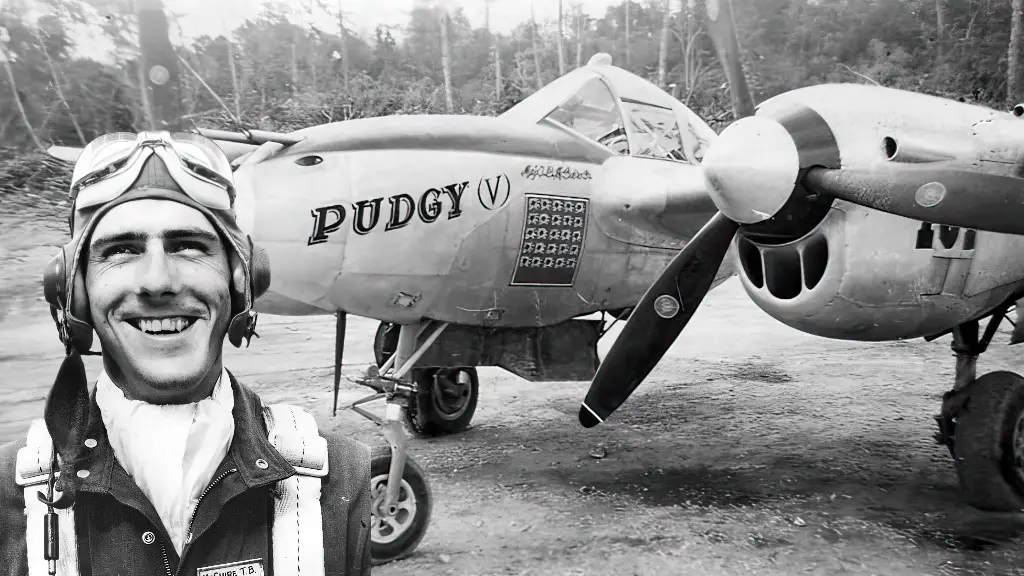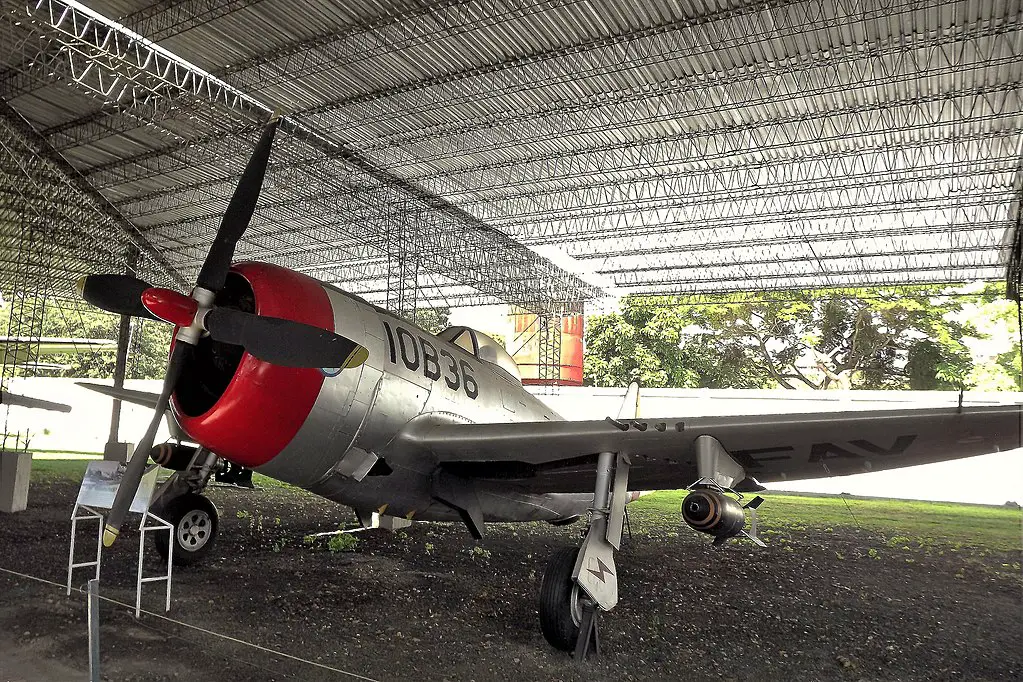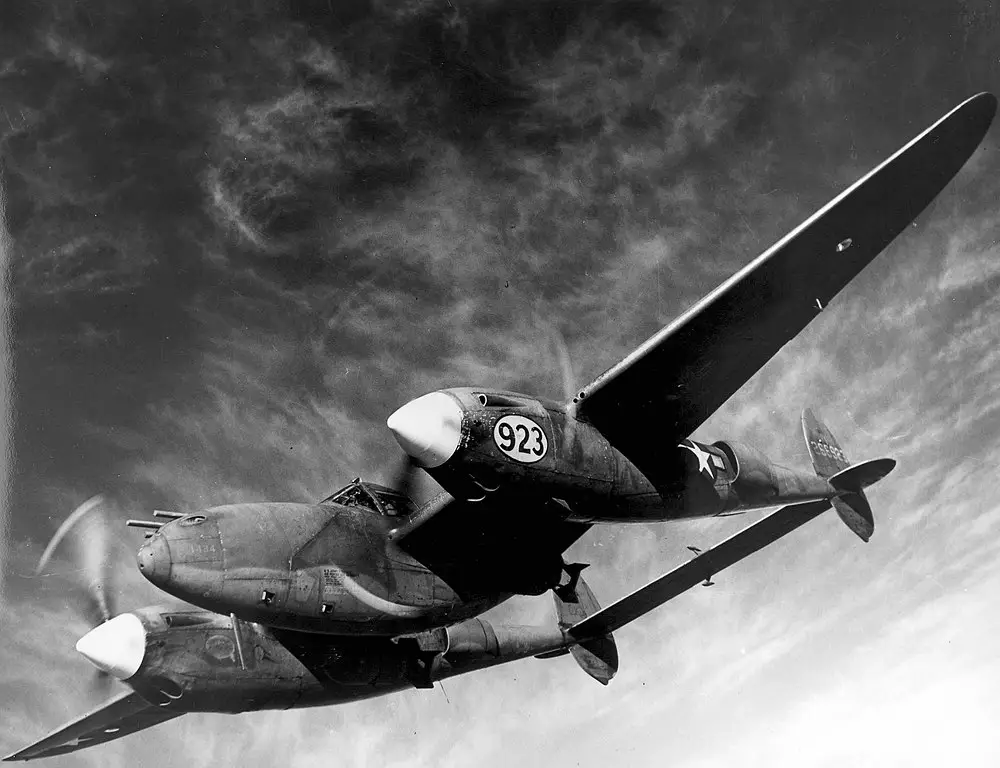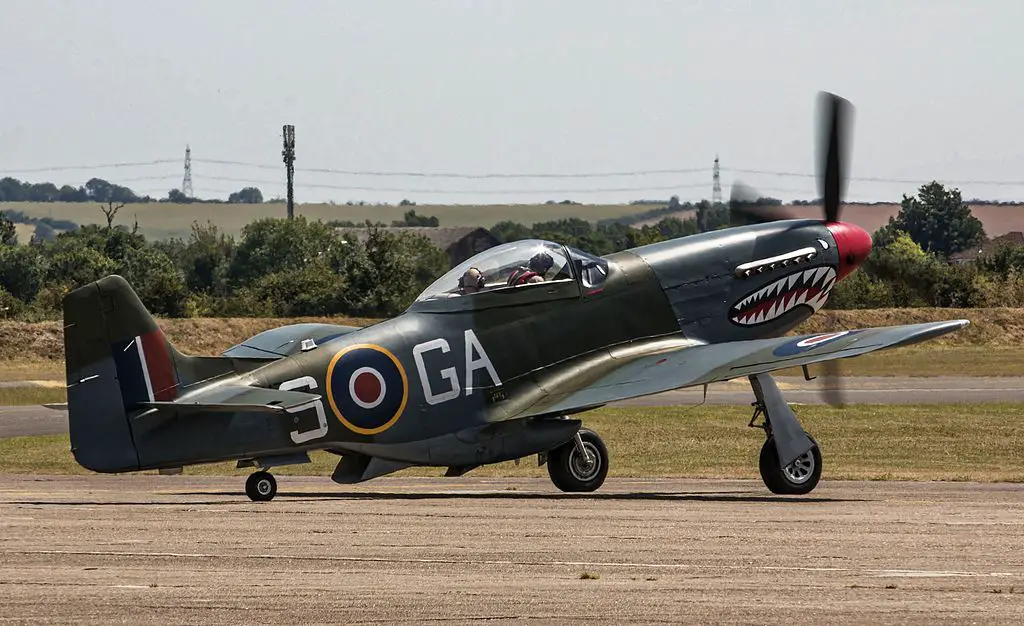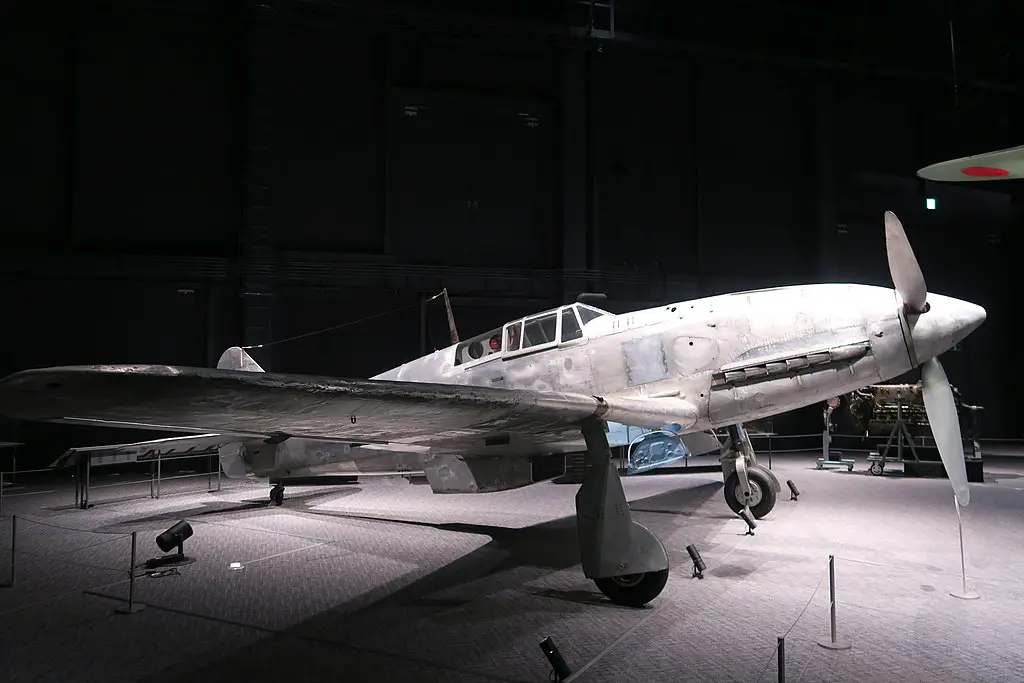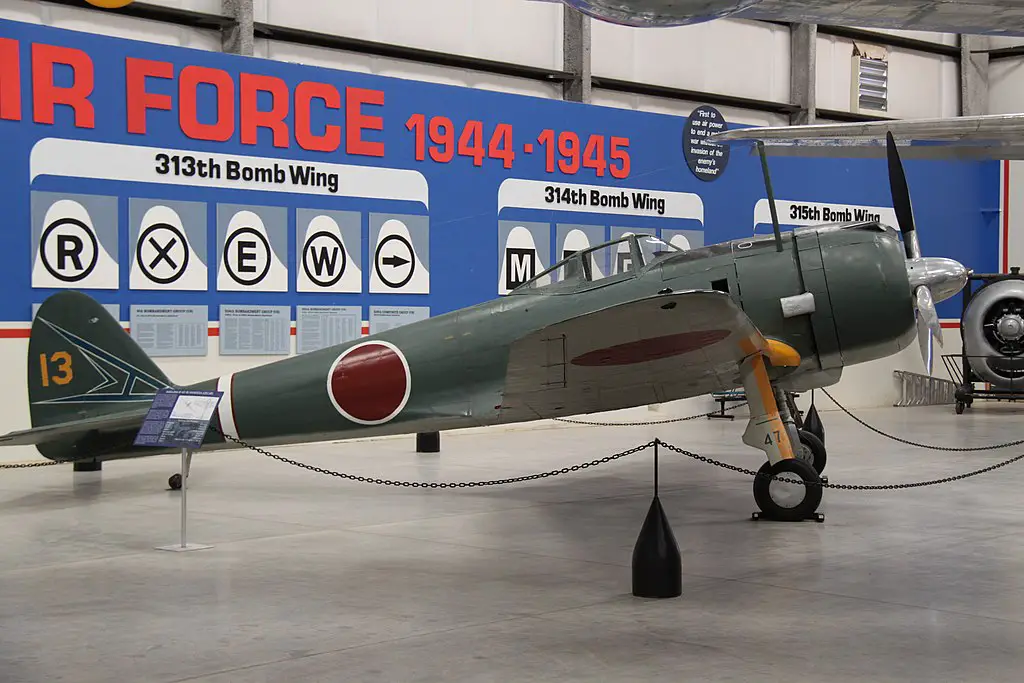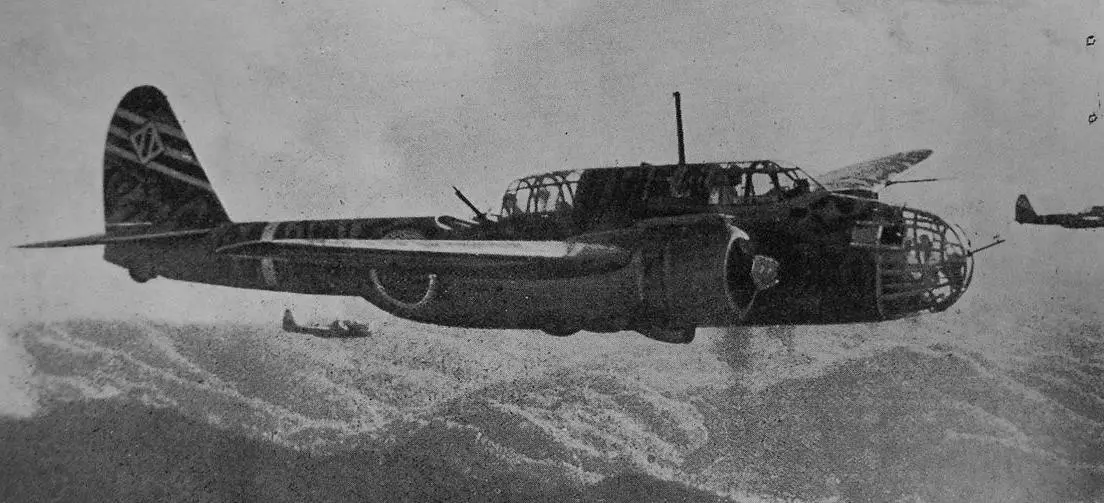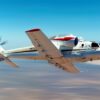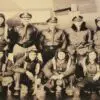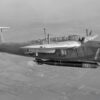The Race for Glory
In March 1944, the Pacific War’s skies buzzed with an intense competition among U.S. fighter aces. The goal was to surpass the legendary Eddie Rickenbacker’s record of 26 victories from World War One. Amidst this, Neel Kearby, with 21 victories to his name, was in pursuit of this record. Flying his P-47 Thunderbolt, “Fiery Ginger Four,” named in honor of his wife Virginia, Kearby was determined to demonstrate the prowess of his aircraft. Despite criticisms of the Thunderbolt’s performance compared to nimble Japanese planes, Kearby and his squadron utilized its exceptional diving capability and the firepower of eight .50 caliber machine guns to great effect.
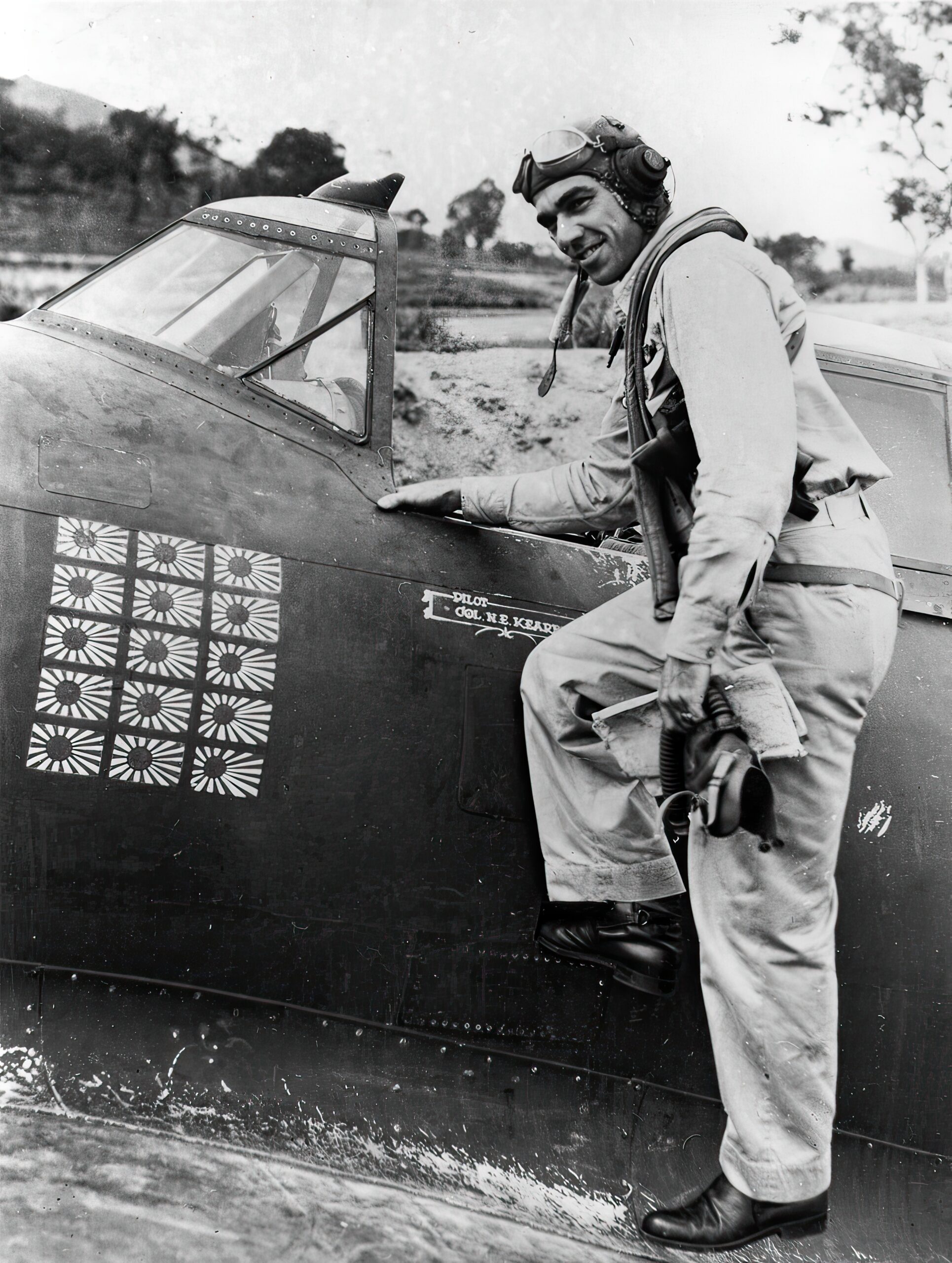
A Mission with More than One Aim
Kearby’s ambition was twofold. Beyond personal glory, he saw an opportunity to secure the future of the P-47 Thunderbolt. As newer aircraft like the P-38s and P-51s began to overshadow the Thunderbolts, Kearby believed that breaking Rickenbacker’s record could bring the media attention needed to preserve the Thunderbolt’s role in the war. With this in mind, he organized a fighter sweep with fellow pilots Bill Dunham and Sam Blair, unknowingly setting the stage for a dramatic turn of events.
The trio took to the skies, reaching 22,000 feet along the coast of Papua New Guinea. They initially bypassed an easy target, a Kawasaki Ki-61, focusing instead on higher-value targets. Soon, they encountered three Ki-48 bombers, known for their speed and maneuverability. Employing the “boom and zoom” tactic, they dived into the attack. Dunham and Blair quickly downed their targets, but Kearby’s pursuit of the third bomber led him into a perilous situation.
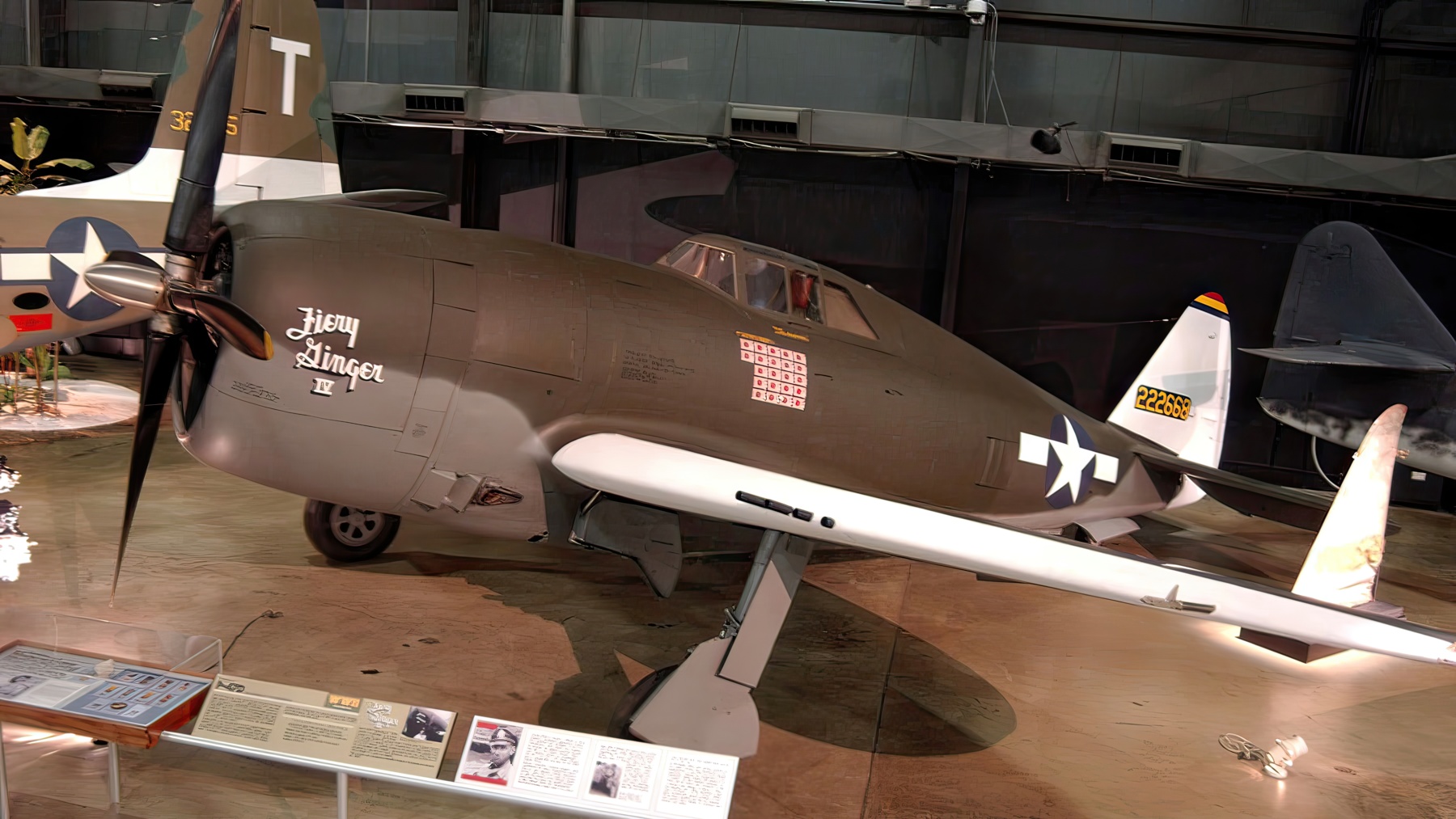
Kearby’s Fatal Error and the Ensuing Chaos
In his attempt to ensure the bomber’s destruction, Kearby circled back, losing the P-47’s crucial speed and altitude advantage. This error proved costly. A Ki-43 Oscar seized the opportunity, attacking and severely damaging Kearby’s aircraft. Dunham, realizing the danger, rushed to Kirby’s aid and managed to take out the Oscar, but it was too late for Kearby.
Dunham and Blair desperately searched for Kearby, combing over land and sea. However, as fuel ran low, they were forced to return to base. Dunham’s attempts to launch an immediate second search were thwarted by the approaching darkness and his comrades, who had to physically restrain him from taking off again.
Bill Dunham’s Act of Mercy
Several months after the loss of Neel Kearby, Bill Dunham faced a defining moment in his military career. While flying his P-47D over the Philippine Sea, he successfully engaged and shot down a Ki-43 Oscar. As the enemy aircraft spiraled down, Dunham saw the Japanese pilot eject and float downwards, suspended from his parachute.
In that moment, Dunham grappled with a profound moral dilemma. It was a common practice among Japanese pilots to target enemy aviators even after they had bailed out, a grim aspect of aerial combat. Dunham, with the pilot in his sights, contemplated carrying out this ruthless norm. However, he experienced a powerful change of heart, later describing it as if a divine intervention occurred. He felt as if a higher power guided his decision, leading him to a path of mercy.
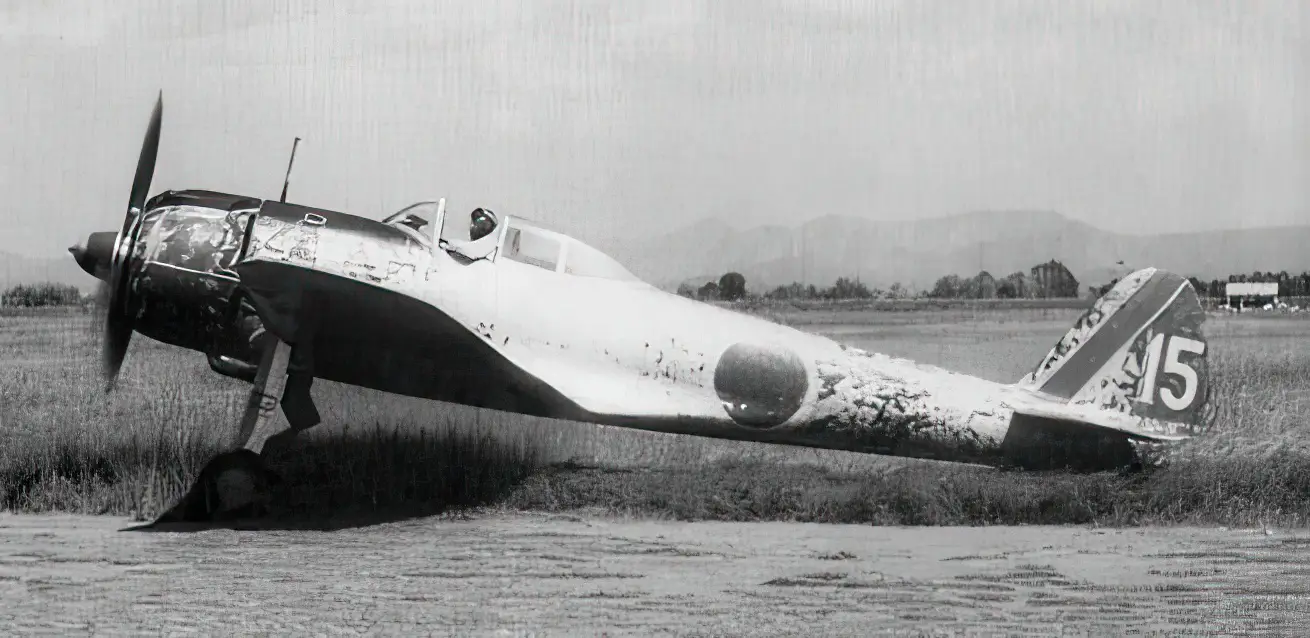
Resisting the impulse to fire, Dunham made a decision that transcended the animosities of war. In an extraordinary act of humanity, he maneuvered his P-47 close to the descending pilot and, opening his canopy, dropped his own life jacket—the May West—to the stranded Japanese aviator bobbing in the waves below. This selfless act, risking his own safety to save an enemy, marked a stark contrast to the brutality of war.
This moment, where compassion overpowered conflict, was immortalized in the painting “Uncommon Chivalry,” displayed in the Seattle Museum of Flight. It serves as a powerful reminder of the humanity that can prevail even amidst the harsh realities of war.
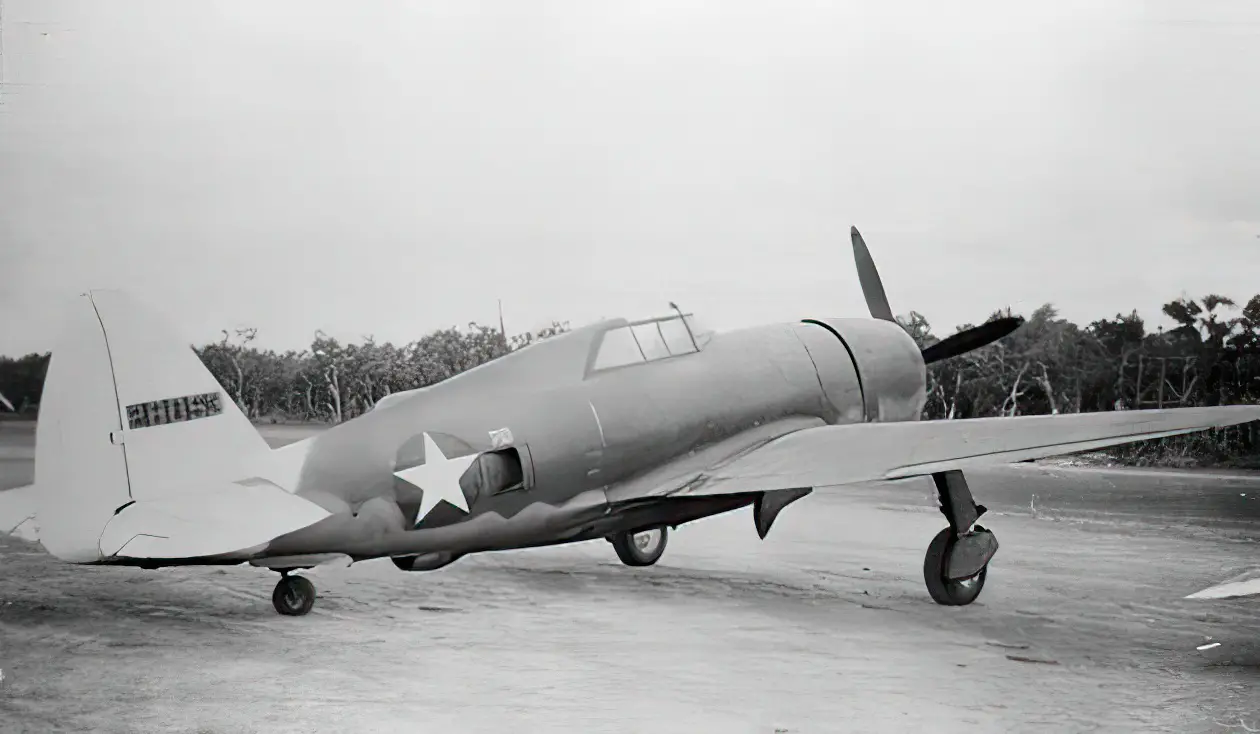
The Enduring Legacy of Neil Kirby
Neel Kearby’s story didn’t end over the skies of Papua New Guinea. In 1948, his remains were discovered in the jungle by an Australian Air Force search team. It was revealed that he had survived the bailout but succumbed to his injuries. Today, his bravery and the story of his final flight are remembered at the National Museum of the U.S. Air Force, where a recreation of his P-47 Thunderbolt, incorporating parts of the original wreckage found in the 1990s, stands as a tribute to his courage and the complex nature of war.
